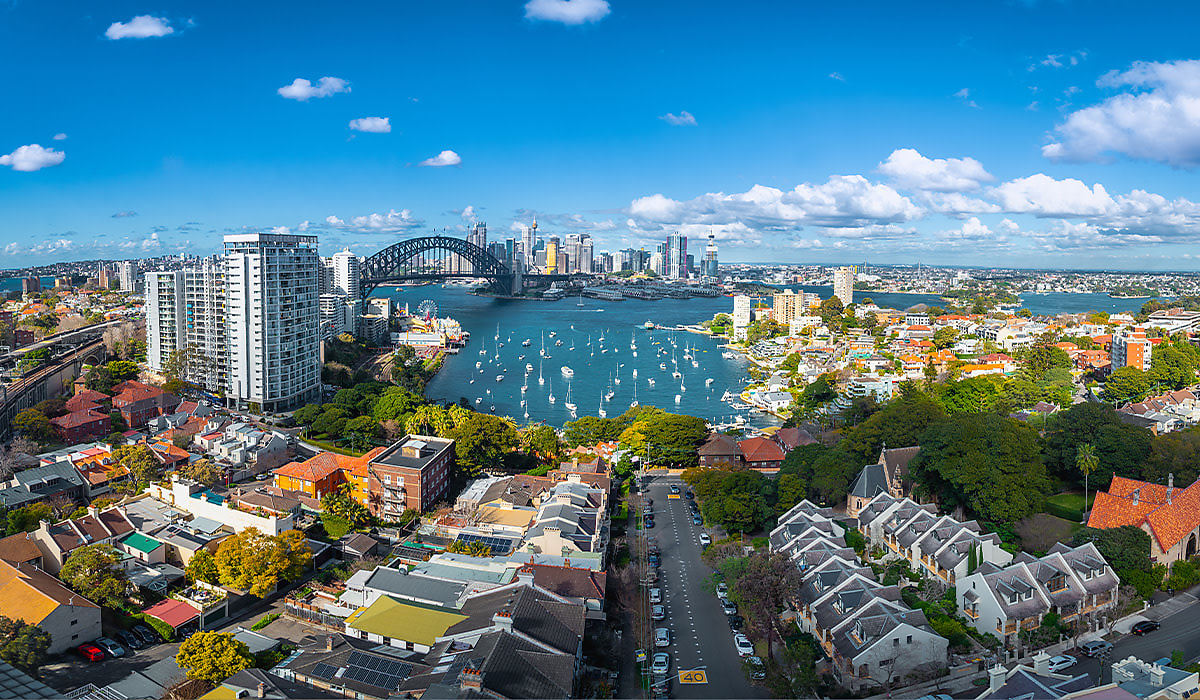Is now a good time to invest in Sydney?
As Sydney’s property market begins to cool, opportunities await for investors who are willing to stand out from the crowd.

Across Australia, selling conditions are experiencing a widespread lull.
While median dwelling values continue to rise year-on-year, listings volumes remain 17 per cent below the five-year average, as supply constraints continue and would-be buyers grapple with ongoing financial hardship.
Over the past six months, this stabilisation has even made itself felt in Sydney, which has historically earned a reputation as one of the country’s fiercest real estate markets.
“NSW’s residential property market saw a period of adjustment and moderation following several years of robust growth,” said Linda Johnson, the NSW state representative for the Real Estate Buyers Agents Association of Australia (REBAAA).
“Government interventions aimed at cooling the market, such as tightened lending criteria and increased taxes on foreign investors, contributed to a more sustainable pace of growth,” she explained.
According to Johnson, the two primary drivers behind the levelling of Sydney’s price growth are building shortages and market sentiment.
“Continued economic uncertainty has maintained a state of paralysis in the market with buyers and sellers alike waiting to see what happens towards the end of the year as well as with interest rate fluctuations before moving forward.
“Due to exorbitant building costs and skilled labour shortages, new and renovated homes are gaining popularity over those requiring significant works,” she said.
However, Sydney still holds plenty of opportunities for savvy property investors, especially in outer suburban and city fringe locations.
“Suburban and regional areas continued to attract buyers seeking lifestyle changes and remote work opportunities, bolstered by ongoing infrastructure improvements and community development projects,” said Johnson.
With vendors increasingly cautious about choosing their next home, off-market opportunities abound, particularly when it comes to sellers seeking to downsize their mortgage.
While residential investors are playing it by ear, commercial investors are capitalising on strong gains in Western Sydney.
Johnson shared: “The commercial property sector in NSW demonstrated resilience, particularly in key metropolitan areas like Sydney CBD and Parramatta. Demand for office space remained steady, although tenant preferences continued to shift towards flexible work environments and sustainability-focused buildings.”
Industrial property also “continued to thrive” in the first half of 2024, with Johnson revealing that “mixed-use developments gained traction, integrating residential, retail and commercial spaces to meet diverse market demands”.
Looking forward, she concluded that NSW property investors will remain “cautious but optimistic” over the coming financial year.
